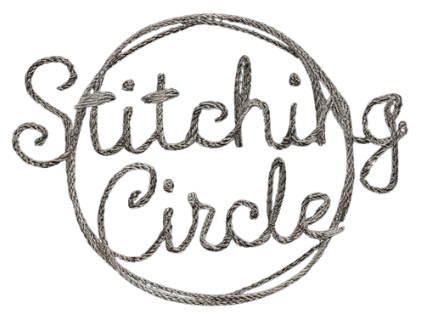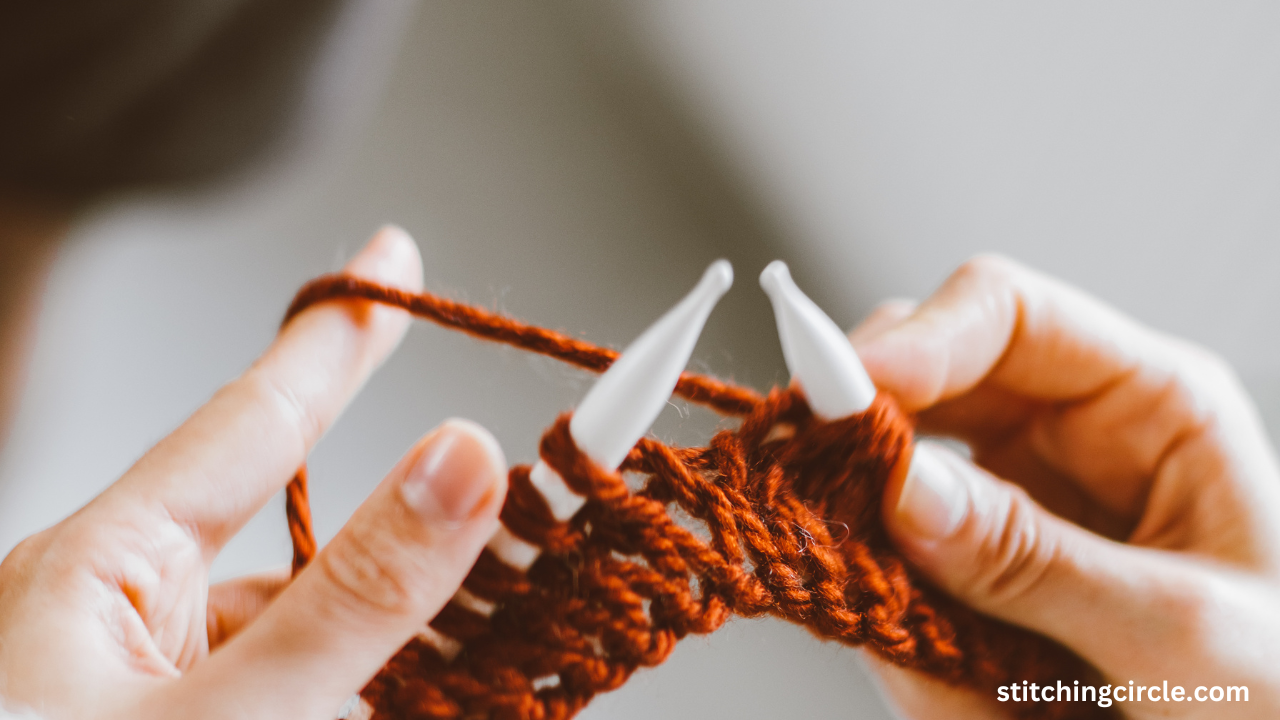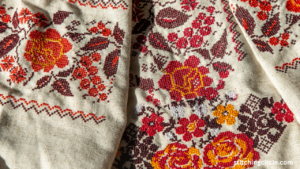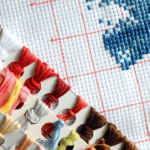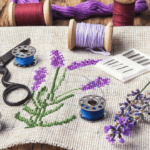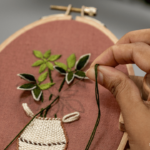Knitting is a timeless craft enjoyed by people all over the world for centuries. Whether you’re a seasoned knitter or just starting, mastering the basic techniques is essential for creating beautiful and intricate designs. One of the most fundamental skills in knitting is learning how to create stitches.
Stitches are the building blocks of any knitted project, and understanding the various types and techniques can significantly enhance your knitting abilities. This beginner’s guide will explore the essential stitches that every aspiring knitter should know.
From the basic knit and purl stitches to more advanced techniques like cable and lace stitches, mastering these essential skills will open up a world of possibilities in your knitting projects. With clear instructions and helpful tips, even the most novice knitter can quickly pick up these fundamental techniques and start creating their unique designs.
So whether you’re looking to knit your first scarf or tackle a more complex sweater pattern, understanding and mastering these essential stitches will set you on the path to becoming a skilled and confident knitter.
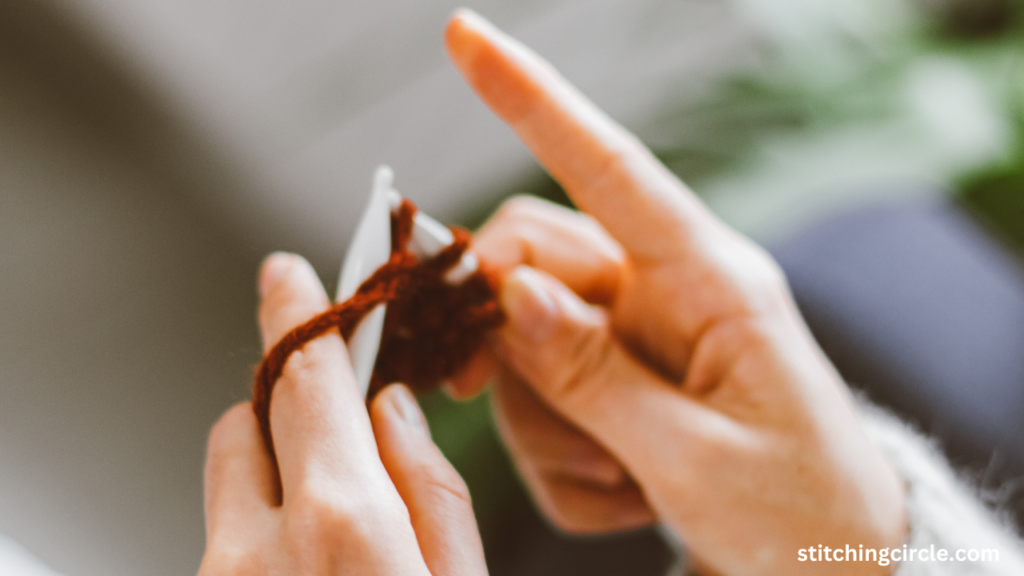
Contents
- 1 What is a Decrease Stitch in Knitting?
- 2 How to Knit Decrease Stitches Correctly?
- 3 Exploring Different Techniques for Decrease Stitches
- 4 Common Mistakes to Avoid When Decreasing Stitches
- 5 Mastering Decrease Stitches as a Beginner Knitter
- 6 Conclusion
- 7 FAQs
- 8 Q: What is a decrease stitch in knitting?
- 9 Q: How can I decrease stitches evenly in my knitting project?
- 10 Q: What does ssp stand for in knitting terminology?
- 11 Q: How do you create a right-leaning decrease in knitting?
- 12 Q: What are some key moments to pay attention to when decreasing stitches?
- 13 Q: Can you explain the process of combining different decreases to shape your knitting project?
- 14 Q: How many stitches are typically decreased in a common knitting pattern?
What is a Decrease Stitch in Knitting?
Understanding the Basics of Decreasing Stitches
When knitting, a decrease stitch refers to a technique used to reduce the number of stitches on the needle and create shaping within a knitted fabric. Decrease stitches are essential in pattern designs to form various shapes, such as triangles, squares, and more complex motifs.
Common Types of Decrease Stitches
Several standard methods for decreasing stitches in knitting exist. Some of the most frequently used decrease stitches include the knit two-together (K2TOG) technique, the slip, slip, knit (SSK) technique, and the purl two-together (P2TOG) technique.
Practical Applications of Decreasing Stitches
Decrease stitches play a crucial role in shaping the garment pieces in knitting projects. They are used at the beginning and end of rows, on the right and wrong sides of the fabric, and in lace knitting to create intricate patterns.
How to Knit Decrease Stitches Correctly?
Step-by-Step Guide to Knitting Decrease Stitches
To knit decrease stitches correctly, follow these steps: Insert the needle into two stitches on the left needle, wrap the yarn around the needle, and pull the loop through both stitches. This forms a single decrease stitch.
Tips for Maintaining Even Decreases
When decreasing stitches, it’s crucial to maintain even tension throughout your knitting. Pay attention to the needle handling to ensure consistent stitch sizes and avoid tight decreases.
Visual Tutorial on Decreasing Stitches
If you’re a beginner knitter, watching YouTube tutorials can help you learn how to decrease stitches effectively. Visual demonstrations provide a clear understanding of the techniques involved.
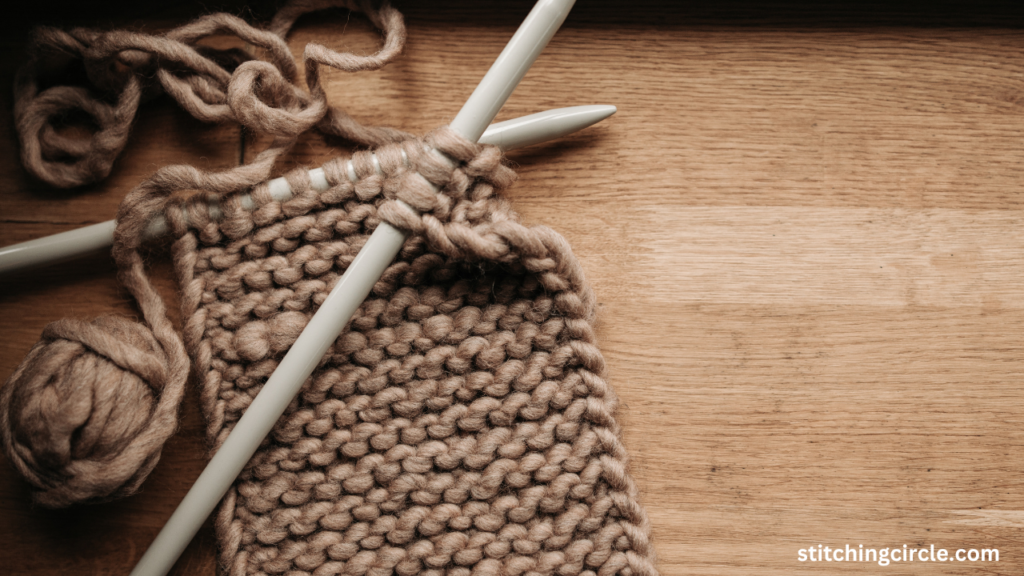
Exploring Different Techniques for Decrease Stitches
Knit Two Together (K2TOG) Technique
The knit-two-together technique involves knitting two stitches, resulting in a right-leaning decrease. It’s commonly used to shape garments and create textured patterns.
Slip, Slip, Knit (SSK) Technique
The slip, slip, knit technique is a left-leaning decrease where you slip two stitches individually knitwise before knitting them together. This technique is often used in garment shaping and lace knitting.
Purl Two Together (P2TOG) Technique for Decreasing
In the purl two-together technique, you purl two stitches together to create a decrease. This method is commonly used on the wrong side of the fabric and in patterns that require a smoother decrease appearance.
Common Mistakes to Avoid When Decreasing Stitches
Ensuring Proper Needle Handling during Decrease Stitches
Proper needle handling is essential when knitting decrease stitches to avoid dropped stitches or misalignment. Pay attention to how you insert and manipulate the needles to maintain stitch integrity.
Identifying and Correcting Stitch Alignment Errors
Stitch alignment errors can occur when decreasing stitches, leading to uneven tension or misshapen fabric. If you notice misaligned stitches, take the time to correct them to maintain the overall quality of your knitting.
Preventing Tight Decrease Stitches in Knitting
Tight decrease stitches can distort the fabric and affect the drape of your knitted piece. To avoid tight decreases, ensure your tension is consistent, and use the appropriate needle size for your yarn to achieve the desired result.
Mastering Decrease Stitches as a Beginner Knitter
Tackling Decrease Stitches in Easy Knitting Patterns
As a beginner, practice decreasing stitches in simple knitting patterns such as scarves or dishcloths. This will help you gain confidence in your knitting abilities and familiarize yourself with the basic techniques.
Learning the Lean of Decrease Stitches
Understanding the lean of decreased stitches is crucial when following knitting patterns. Left-leaning and right-leaning decreases, creating different shapes in your fabric, so pay attention to the instructions to achieve the desired outcome.
Practicing Decrease Stitches with Simple Knitting Projects
Regular practice sessions with decreased stitches will enhance your knitting skills and proficiency. Choose projects that incorporate various decrease techniques to expand your knowledge and expertise in knitting.
Conclusion
Novices need to master the various stitches in knitting before beginning their adventure into the knitting world. By first understanding and then practicing fundamental skills like casting on, knit stitch, purl stitch, and binding off, novices can establish a strong foundation for their knitting projects.
The rich patterns, textures, and motifs created in knitted materials can be constructed using these stitches as building blocks.
Those just starting can gradually improve their abilities and confidence in handling various types of yarn and needles by exercising patience, practicing, and remaining persistent.
They not only improve their craftsmanship with each project they finish, but they also experience the pure delight and satisfaction that comes from making something unique with their own hands.
By continuing to investigate and experiment with various stitches, novices can open the door to a world of creative possibilities and opportunities for self-expression.
Learning stitches in knitting is an enriching and satisfying experience that opens doors to unlimited possibilities in needlecraft. This is true whether you are knitting simple scarves, comforting blankets, or intricate costumes.
FAQs
Q: What is a decrease stitch in knitting?
A: A decrease stitch in knitting refers to a technique used to reduce the number of stitches on the needle, often creating shaping in the knitted fabric.
Q: How can I decrease stitches evenly in my knitting project?
A: To decrease stitches evenly in knitting, you can distribute the decreases across a row by following a specific pattern or formula to maintain balance and symmetry.
Q: What does ssp stand for in knitting terminology?
A: In knitting, ssp stands for “slip, slip, purl,” which is a left-leaning decrease stitch that helps shape the fabric.
Q: How do you create a right-leaning decrease in knitting?
A: To create a right-leaning decrease in knitting, you can use techniques such as knitting two stitches together or slipping, knitting, and passing slipped stitches over.
Q: What are some key moments to pay attention to when decreasing stitches?
A: Key moments when decreasing stitches in knitting include maintaining the stitch count, ensuring the decreases are done in the appropriate direction, and creating a neater finish for your project.
Q: Can you explain the process of combining different decreases to shape your knitting project?
A: Combining different decreases in knitting allows you to create various shapes and textures in your fabric by strategically using techniques like knit two together, slip slip knit, and others.
Q: How many stitches are typically decreased in a common knitting pattern?
A: In a common knitting pattern, it is typical to decrease one stitch when utilizing techniques like knit two together or slip, slip, knit to shape the fabric and achieve the desired outcome.
